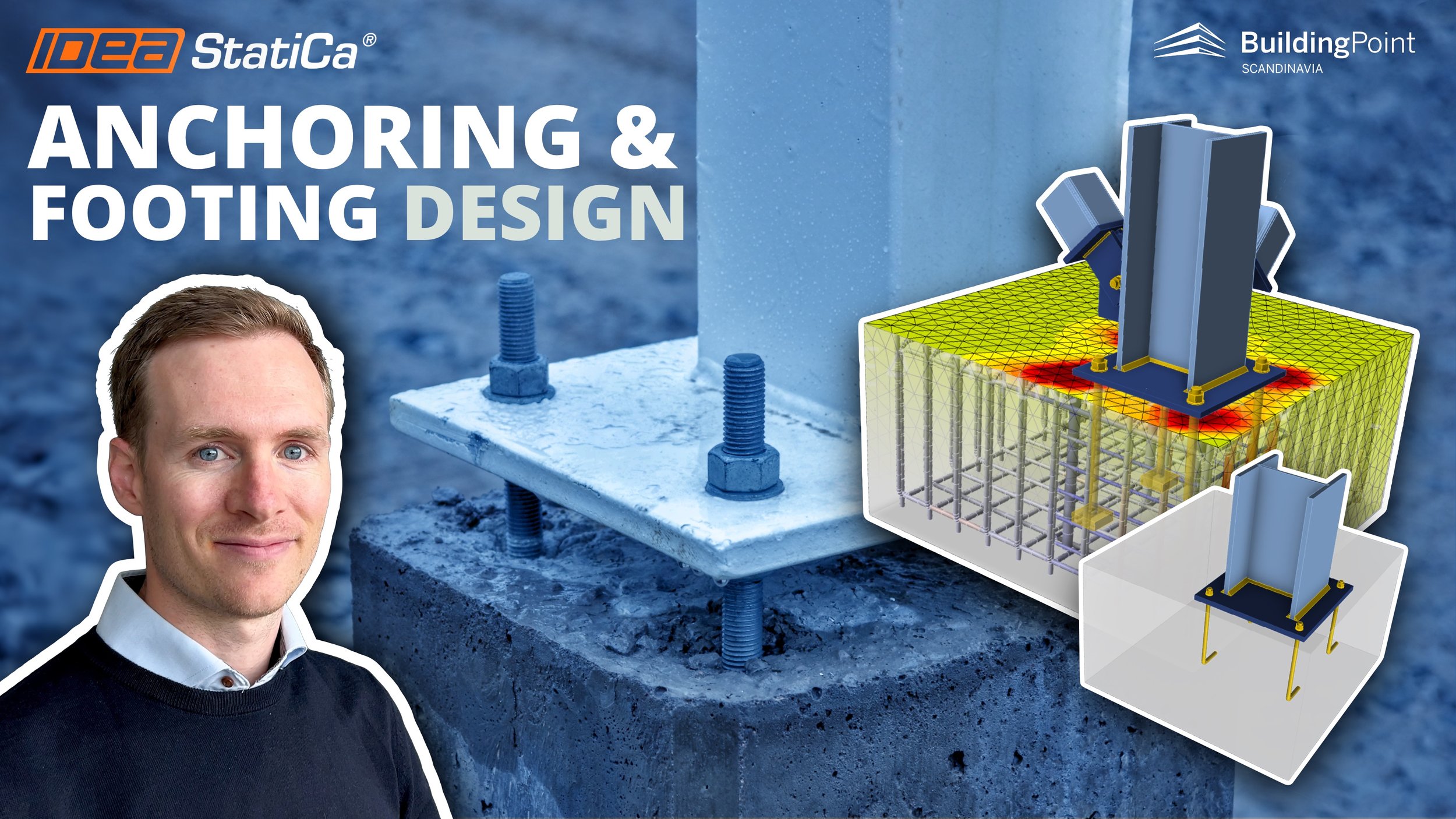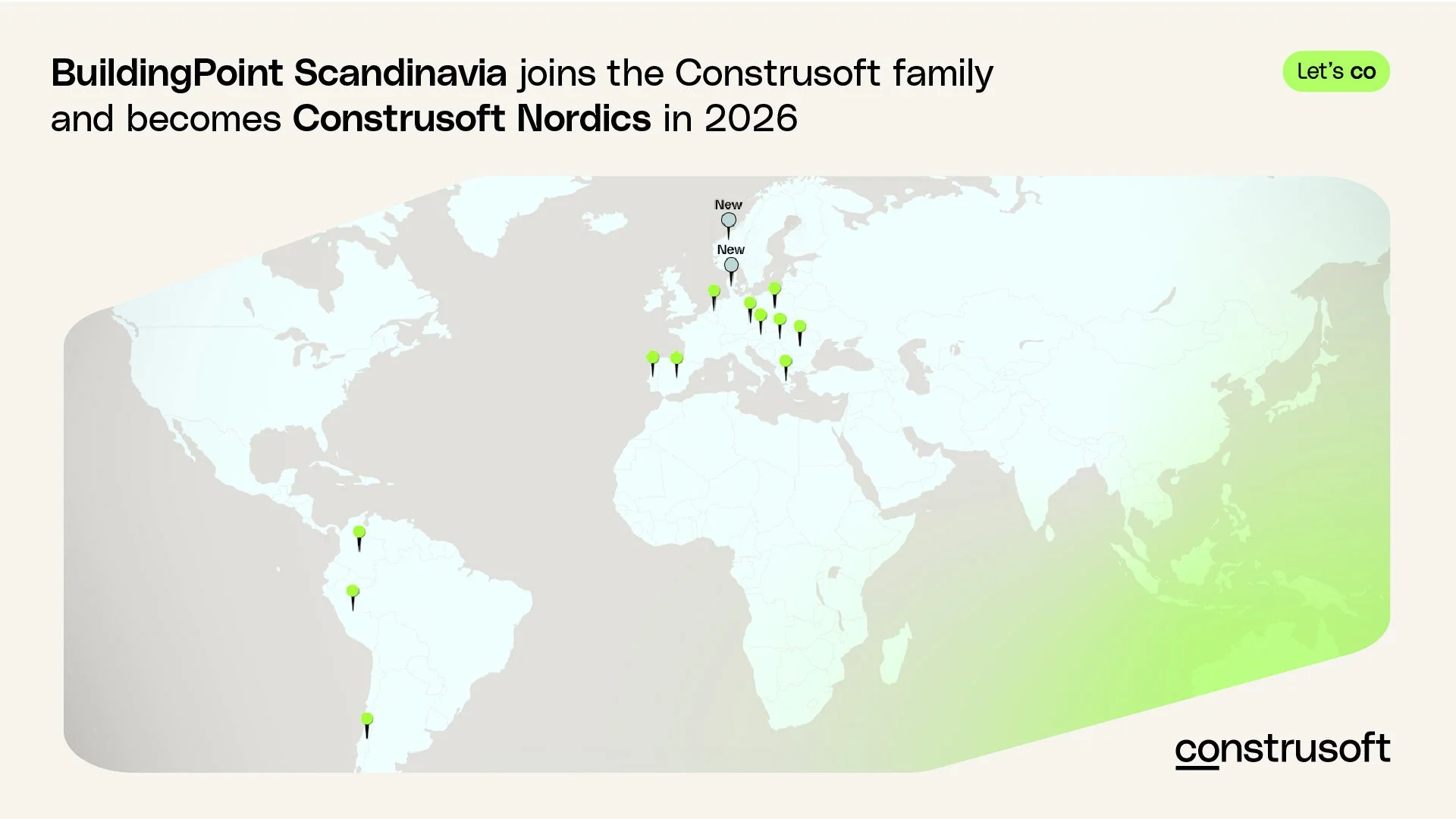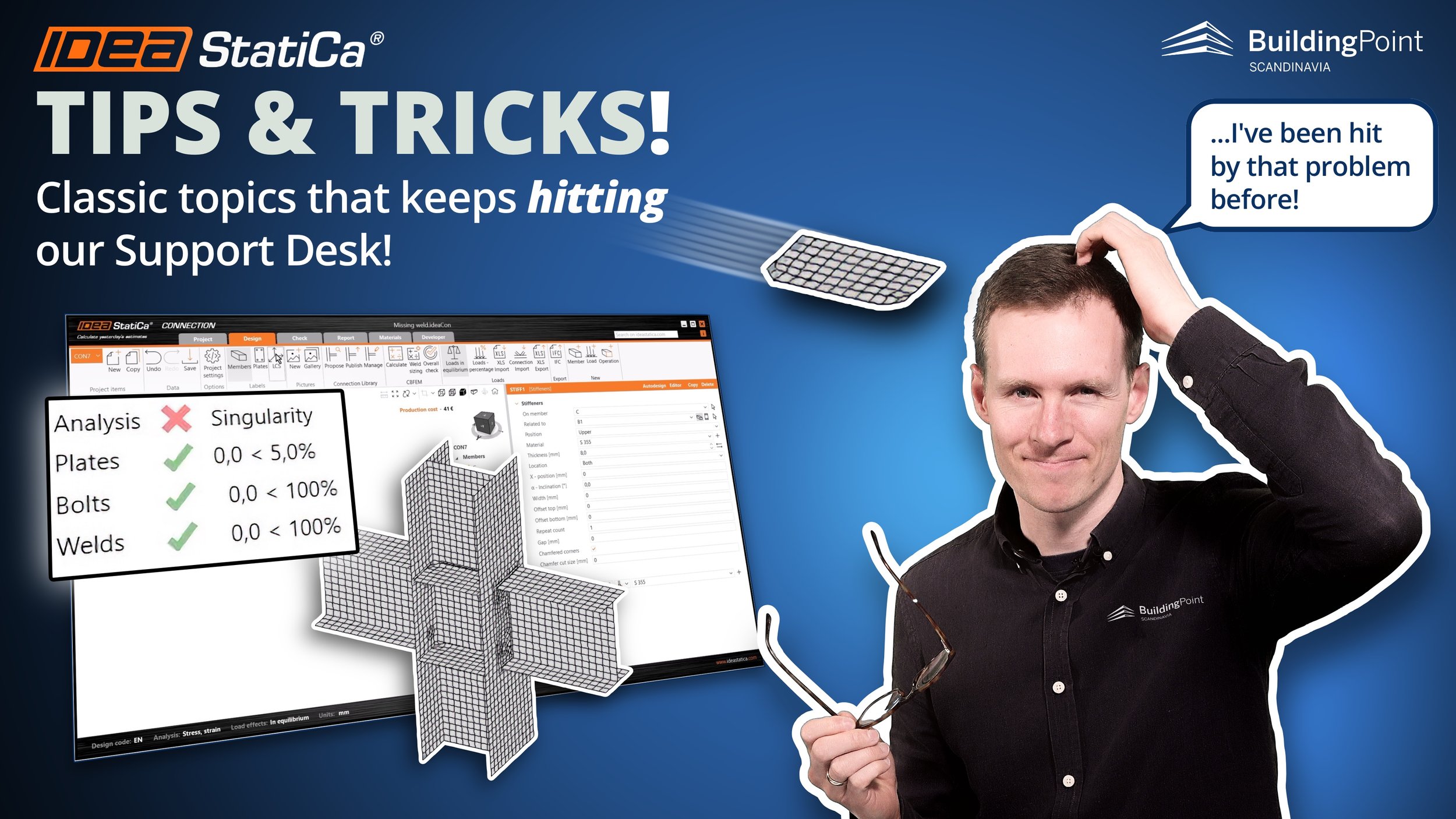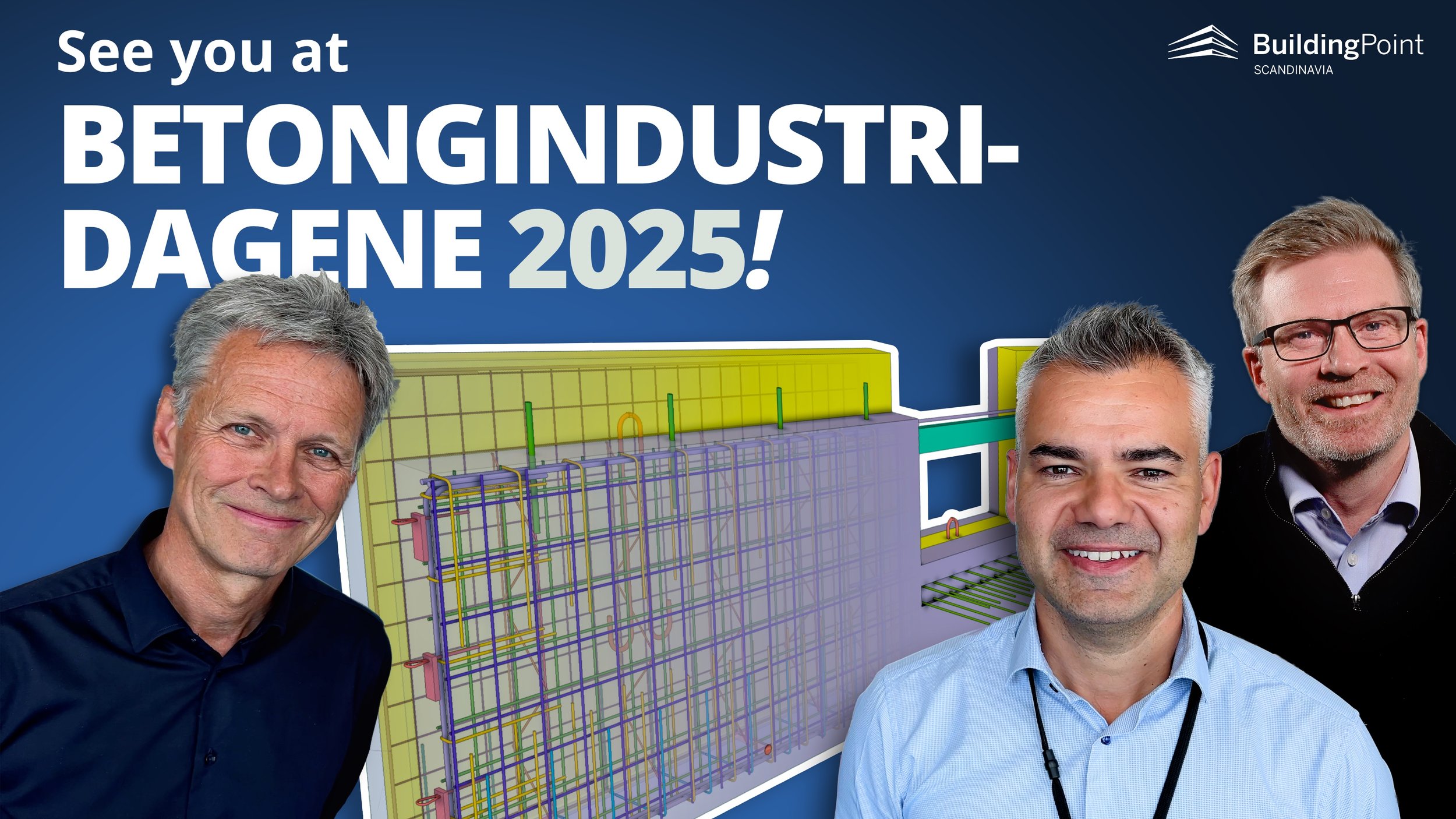New modeling operations in IDEA StatiCa DETAIL lets you analyze more complex anchoring designs
VIDEO: Fredrik takes you through the challenges in design of anchoring blocks with complex shapes. The demo (created by Gene Valente) illustrates the process from start to finish, demonstrating the use of the new Cut operations: Negative Volume, and Cutting Plane.
Modeling complex anchoring scenarios in reinforced concrete just got more manageable!
Two new Boolean operations in IDEA StatiCa DETAIL—Negative Volume and Cutting Plane—simplify the creation of non-standard concrete geometries. See the video to learn all about it!
We also recommend THIS article:
10 most important questions about 3D anchoring in Detail
IMAGE: Complex anchoring can be designed in IDEA StatiCa!
Smarter modeling of complex anchor blocks
IMAGE: Too complex? It used to be! 😎
Modeling anchor blocks for reinforced concrete can quickly become complicated when dealing with non-standard geometries—irregular pedestals, overlapping anchorage zones, or proximity to slab openings.
Traditional detailing tools often hit limitations, requiring workarounds that compromise either accuracy or constructability.
IDEA StatiCa Detail 25.0 introduces two new Boolean operations—Negative Volume and Cutting Plane—designed to address these challenges directly.
IMAGE: The ‘Cutting Plane’ option is useful for modeling complicated shapes
These new operations make it possible to:
Trim and shape concrete blocks precisely using defined 3D geometries (Negative Volume).
Slice concrete elements cleanly with planar cuts (Cutting Plane).
Use the resulting surfaces and edges to define reinforcement accurately, even in geometrically complex areas.
IMAGE: The basic operation to adjust the block shape is the Cut operation which can be used according with the ‘Negative volume’ or a ‘Cutting plane’ method. Define this under the ‘model entity’ button.
Improved Workflow for Reinforcement Modeling
IMAGE: Model reinforcement
With the ability to import multiple anchor blocks from IDEA StatiCa Connection, users can now:
Merge overlapping blocks into a single reinforced unit.
Define reinforcement directly on new faces generated by Boolean cuts.
Automatically shape and adjust reinforcement lengths to follow the geometry of concrete elements.
Anchoring and Footing Design
Discover how to tackle typical challenges, explore new functionalities, and see live demonstrations that bring practical anchoring and footing design solutions to life.
The video above, with the demo created by Gene Vallente at IDEA StatiCa, walks through a practical example: modeling a baseplate anchored to a triangular footing with a pedestal.
It demonstrates the Boolean operations in action, the reinforcement process using cast-in-place bars, and final verification using stress flow and code checks.
Whether you’re handling irregular supports or just want more control over rebar placement, these updates offer a cleaner, more adaptable approach! We hope you find this useful!
Further reading
OTHER ARTICLES




















